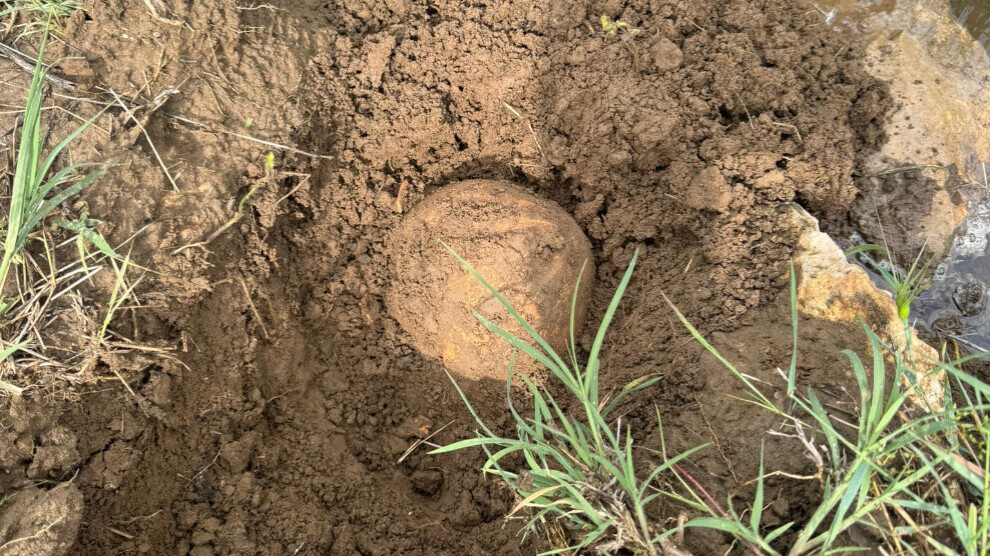Bones believed to belong to humans found in Lice
Bones believed to belong to humans have been discovered in a hamlet near Lice, Amed. Human rights organizations fear that they could be the remains of victims of enforced disappearances.
Bones believed to belong to humans have been discovered in a hamlet near Lice, Amed. Human rights organizations fear that they could be the remains of victims of enforced disappearances.

In the village of Duru (Dêrqam) in the Lice district of Amed (Diyarbakır), bones believed to belong to humans were discovered on May 10. Two skeletal remains, including a skull, were found by local residents while herding animals in a remote stream bed.
The discovery was made around 300 meters from the stream; the bones were hidden under two stones about four meters apart. The finders then contacted the branches of the Human Rights Association (IHD), the Association of Lawyers for Freedom (ÖHD), and the local bar association in Diyarbakır. They immediately put together an investigation team, which documented the site on Thursday and made an initial assessment.
Following the joint investigation by the organizations, the Lice Public Prosecutor's Office was informed of the discovery. In their written report, the IHD, ÖHD, and the Bar Association demanded that the site be secured and that forensic investigations be carried out with the participation of experts in forensic medicine and criminalistics. "The bones were discovered far from any known cemeteries. In our assessment, the probability that these are human remains is high. The site must be secured and professionally investigated to preserve evidence and enable possible criminal prosecution," the report states.
The organizations refer to Turkey's obligations under Article 2 of the European Convention on Human Rights (ECHR) – the right to life – which requires an effective and independent investigation in cases of death. According to European case law, proactive action by the judicial authorities is particularly necessary in cases of suspected enforced disappearance.
Forensic investigation launched
One day after the report was filed and a direct conversation with the deputy attorney general of Diyarbakır, the site where the items were found was examined by forensic experts. In addition to the the Turkish gendarmerie (military police), teams from the Directorate of Culture and Nature Protection and lawyers from IHD, ÖHD, and the Bar Association also participated in the investigation.
The bones recovered were then transferred to the Institute of Forensic Medicine (ATK). The results of the forensic analysis will clarify whether the remains are indeed human and, if so, whether identification is possible through DNA matching with relatives of missing persons. A final statement on whether the site will be placed under protection by the authorities is not yet available.
Background: Suspected victims of violent disappearances
The Lice region is considered one of the centers of the Turkish state's dirty war against the Kurdish population. In the past, there have been repeated cases of enforced disappearances, especially in the 1990s. The bones now found raise fears that this could be a previously undiscovered grave of one of these victims.
In their complaint, the human rights organizations stated: “It is essential that DNA samples be taken from relatives of missing persons and compared. In addition, it must be ensured that evidence is not destroyed—even if state actors are involved.”
The IHD and ÖHD, as well as the Bar Association in Diyarbakır, announced that they would closely monitor the progress of the investigation and continue to actively campaign for clarification and justice.